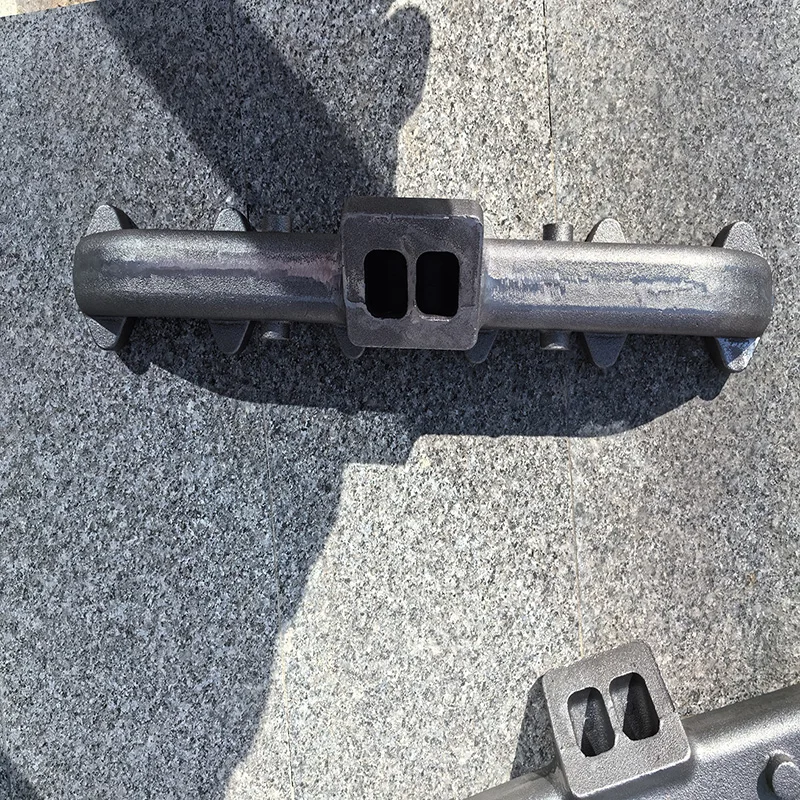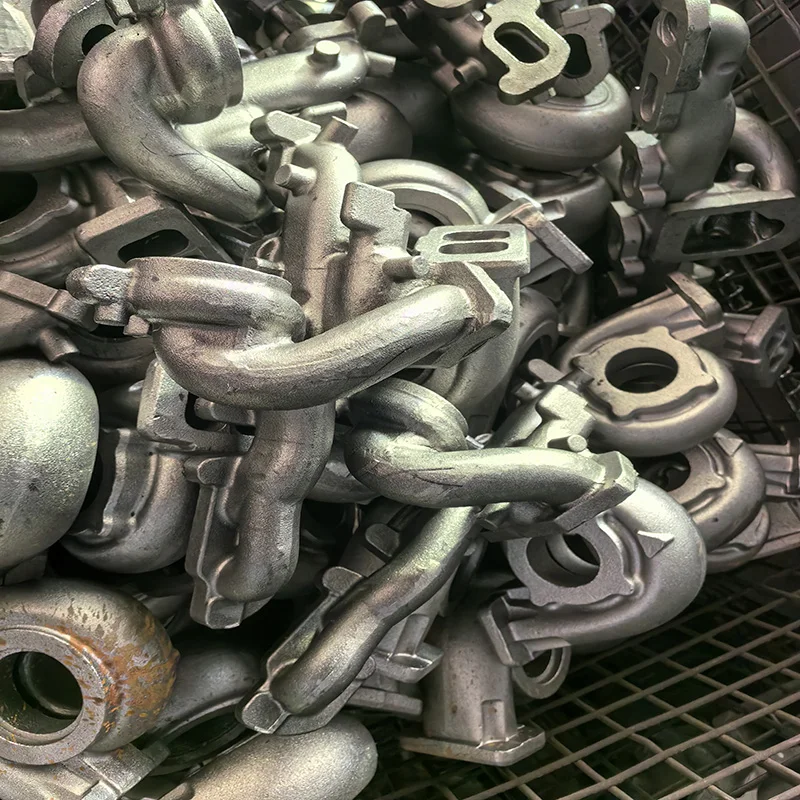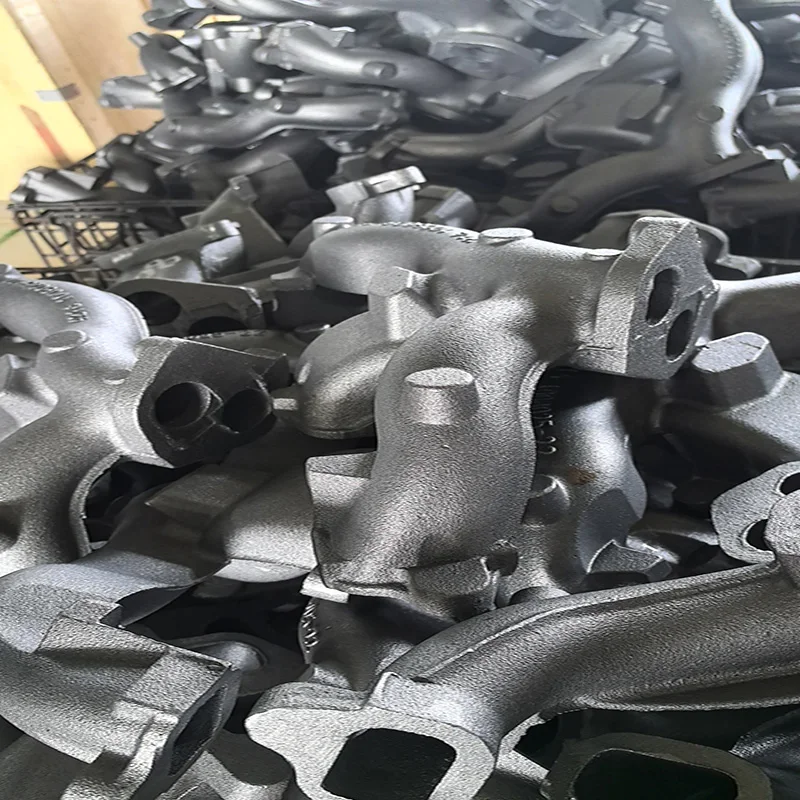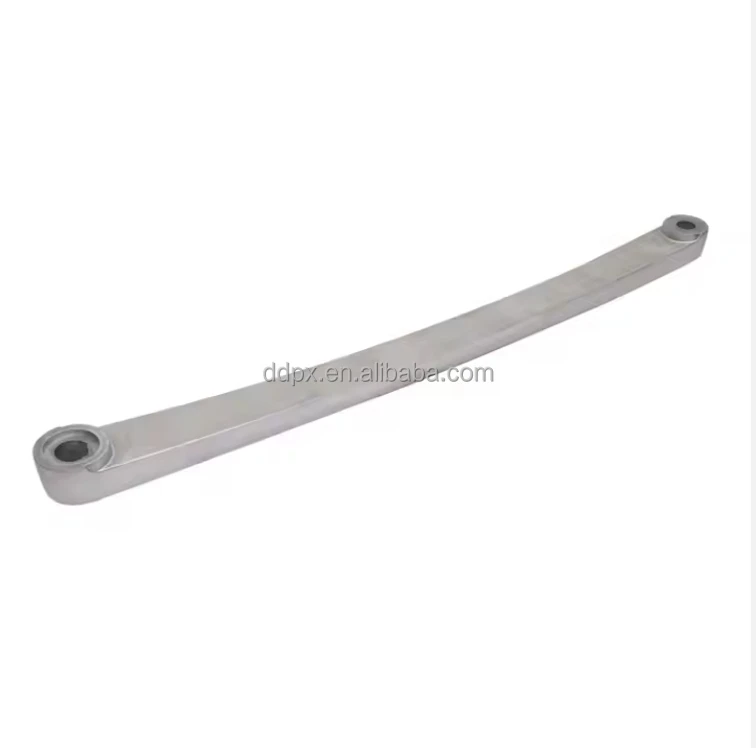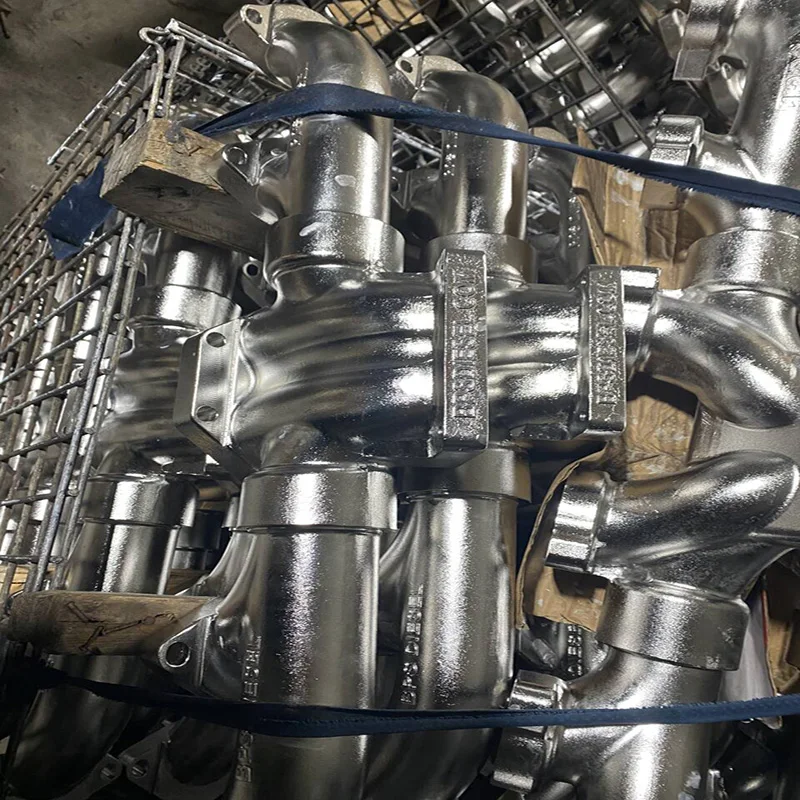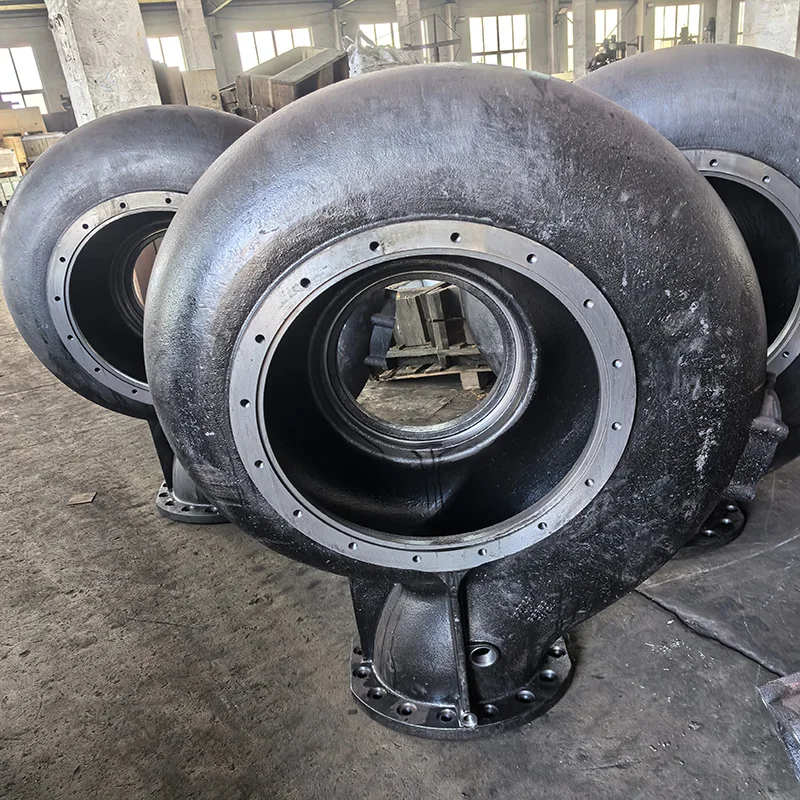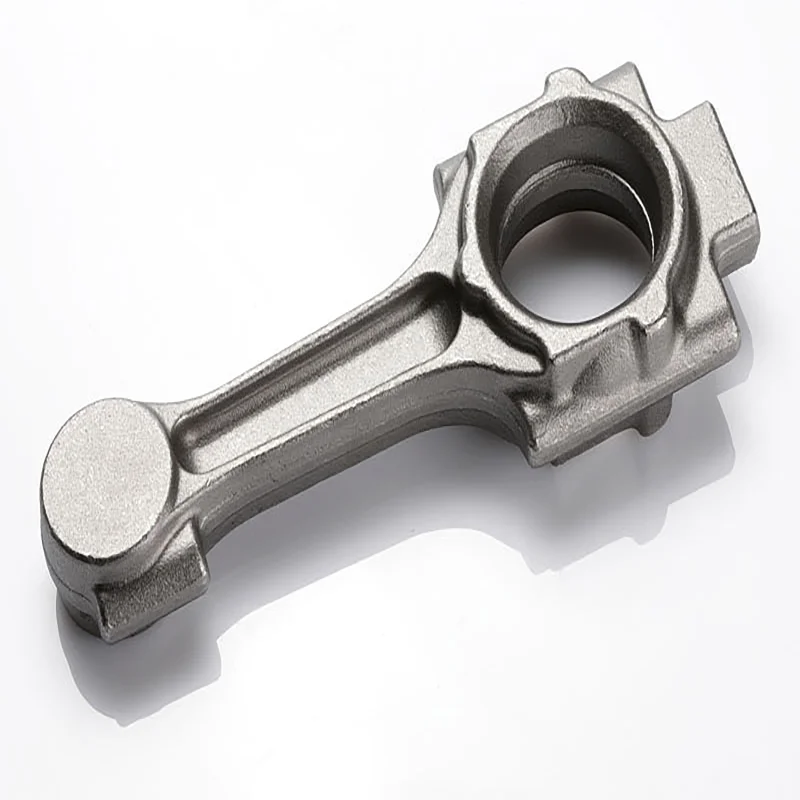- Overview
- Recommended Products
Exceptional thermal stability maintaining structural integrity up to 850°C
Superior thermal fatigue resistance withstanding repeated heating/cooling cycles
High oxidation resistance in direct exhaust gas environments
Minimum tensile strength of 250 MPa at elevated operating temperatures
Natural corrosion resistance requiring minimal surface treatment
Resin sand molding with 3D-printed patterns for precise runner geometries
Controlled pouring temperatures (1400-1450°C) ensuring proper metal fluidity
Computerized solidification monitoring preventing internal defects
Optimized gating systems for uniform filling and minimal turbulence
Natural cast finish preservation through controlled cooling cycles
Minimal surface processing maintaining as-cast surface integrity
Shot blasting for uniform surface texture without material removal
Visual inspection ensuring consistent finish quality
Optimized exhaust flow reducing backpressure by 25-35%
Equal-length runner design improving exhaust scavenging efficiency
Maximum continuous operating temperature of 800°C
Compatibility with standard and performance exhaust systems
Direct bolt-on fitment for specified engine applications
Dimensional verification using coordinate measuring machines
Pressure testing ensuring leak-free performance
Magnetic particle inspection for surface defect detection
Thermal cycling testing simulating real-world conditions
Material certification confirming chemical composition
Performance street applications requiring reliable power gains
OEM replacement applications where durability is paramount
Mild performance upgrades maintaining factory-like appearance
Restoration projects requiring original-equipment style components
Commercial vehicle applications demanding long service life
For automotive enthusiasts and performance specialists seeking optimal exhaust flow and durability, the exhaust manifold remains a critical component in engine efficiency. Our New 2.25 Inch Outlet Exhaust Manifolds with Natural Cast Finish represent precision engineering that combines functional performance with manufacturing excellence. These manifolds deliver improved exhaust scavenging while maintaining the structural integrity required for demanding applications.
Premium Material Construction
We manufacture our exhaust manifolds using high-silicon molybdenum ductile iron (SiMo 4.5/5.1), specifically engineered for thermal management in exhaust applications. This specialized material provides:
The material's unique composition, featuring 4-5% silicon and 0.5-1.0% molybdenum, ensures consistent performance under thermal cycling conditions while preventing scaling and degradation.
Advanced Manufacturing Process
Our production utilizes sophisticated sand casting technology combined with precision engineering:
Casting Technology
Surface Finish Process
Performance Characteristics
The 2.25-inch outlet manifolds deliver:
Quality Assurance Protocol
Each manifold undergoes comprehensive validation:
Technical Applications
These manifolds are engineered for:
The natural cast finish provides not only an authentic appearance but also maintains the material's inherent corrosion resistance without compromising surface integrity through excessive machining or processing. Our engineering team ensures each manifold meets strict performance criteria while delivering the reliability and durability that performance enthusiasts and professional installers demand. By combining advanced foundry technology with precision engineering, we create exhaust manifolds that balance performance requirements with manufacturing excellence, providing optimal value for both everyday drivers and performance enthusiasts.
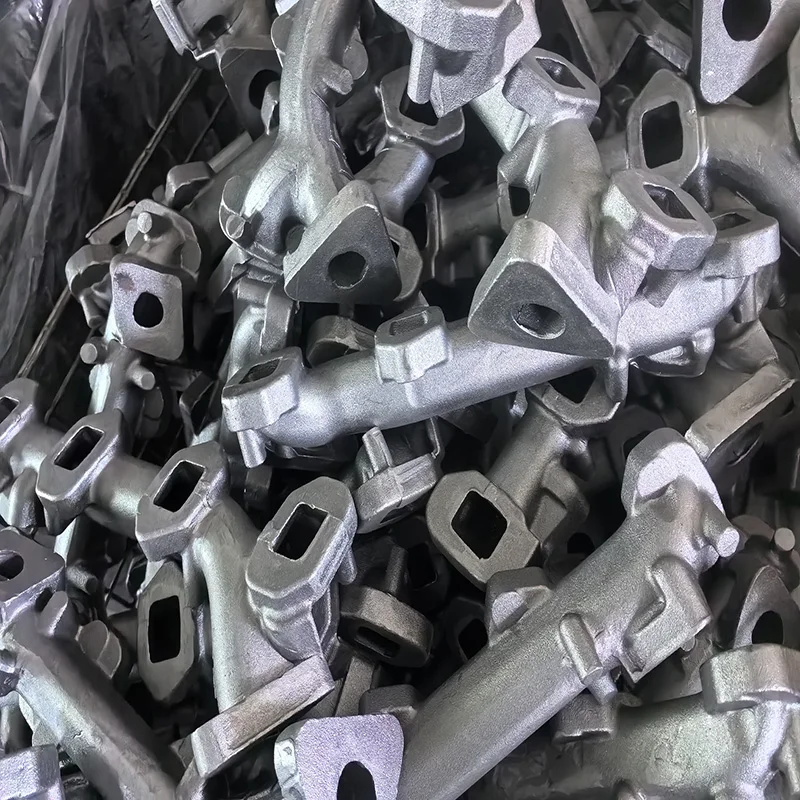
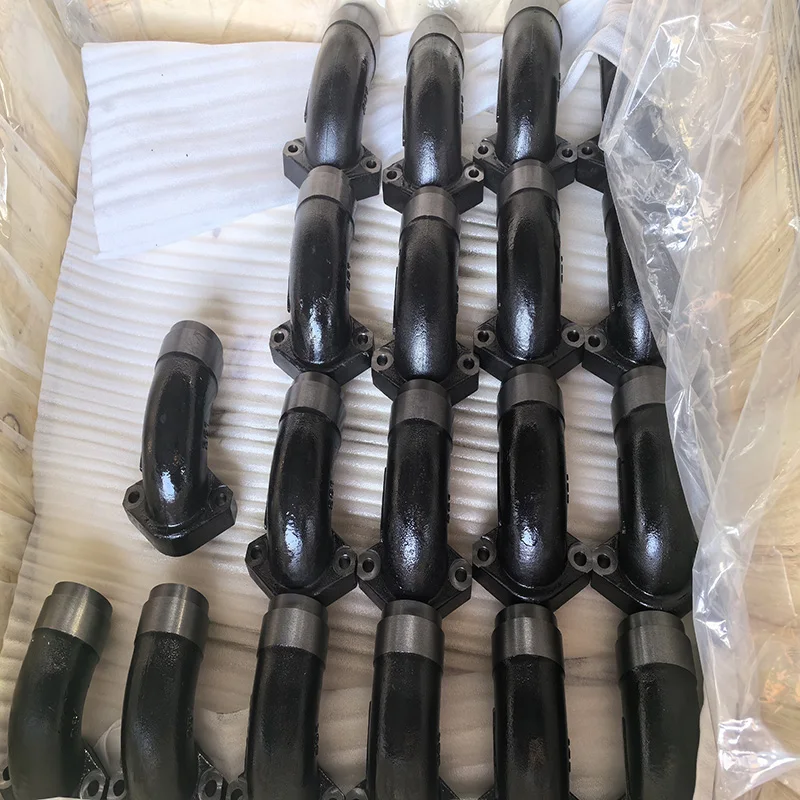
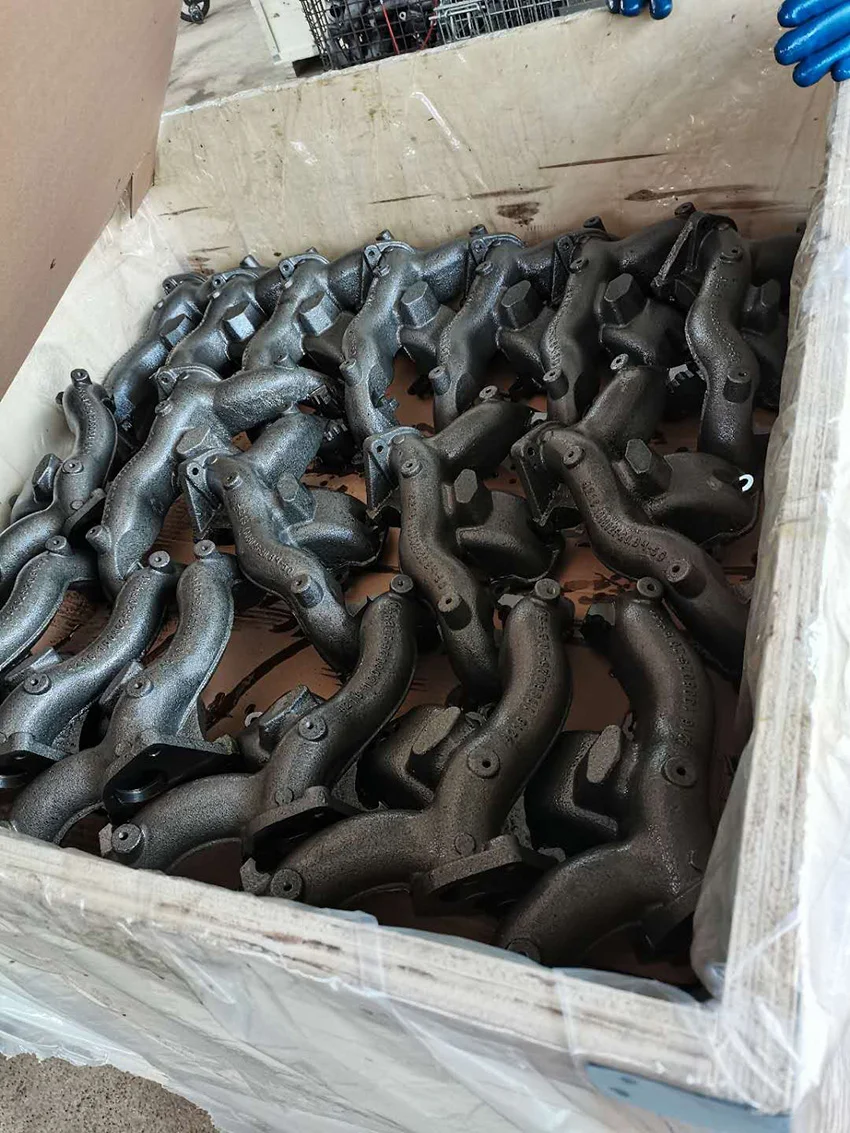
Why are we called OEM experts in Exhaust Manifolds |
We develop over 100 different types of exhaust manifolds every year |
||||||
Dandong Pengxin Production Process for Exhaust Manifold |
Drawing Preparation: The Foundation of Precision,3D Scanning & Drafting: Our professional engineers use advanced scanners to convert samples into 2D/3D drawings (7–10 days). |
||||||
Pattern & Sample Development: Where Time Invested Pays Off |
Complexity: Exhaust manifolds often require 3–5 sets of metal patterns (vs. 1 set for simpler castings).Lead Time: 35–40 days for multi-cavity patterns; 25–30 days for simpler designs. |
||||||
Initial Orders & Batch Production: Scaling Responsibly |
Machine Allocation: One manifold order may occupy 2–3 molding machines. Our 16-machine facility prioritizes urgent orders and collaborates with partner foundries for auxiliary cores. |
||||||
How Investors Can Mitigate Delays |
Allocate 8–12 weeks for pattern/sample development. Compressing this risks quality failures. First batches take 20–30% longer due to process fine-tuning. Post-approval, lead times stabilize. |
||||||

Pre-sales
On Sale
After-Sales
results→Welcome to contact us for your customized solution.

How did Dandong Pengxin Become a Top Manufacturer of Exhaust Manifold
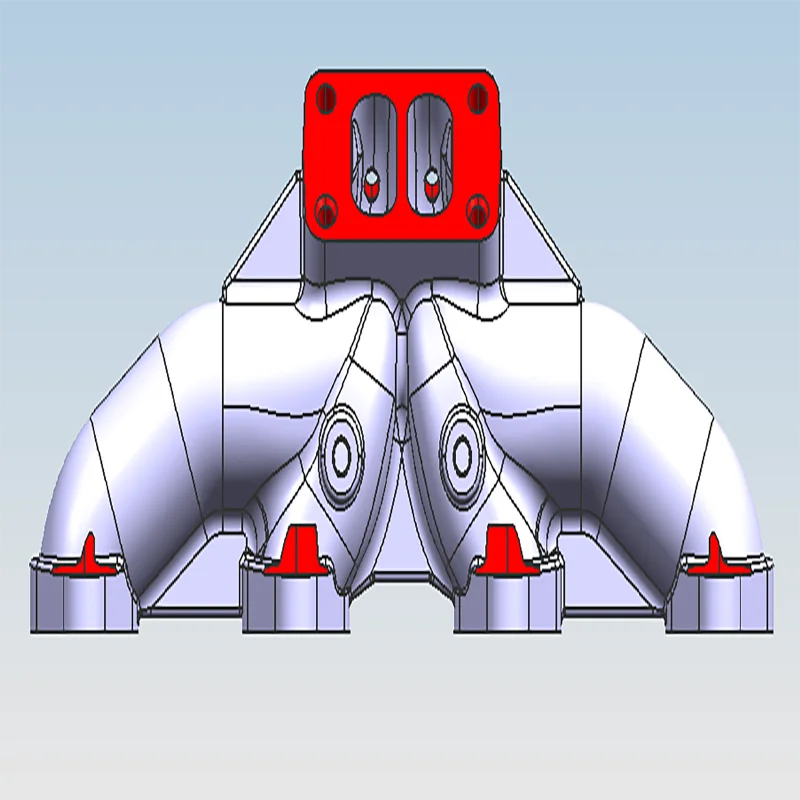
Process designs derive from engineering drawings
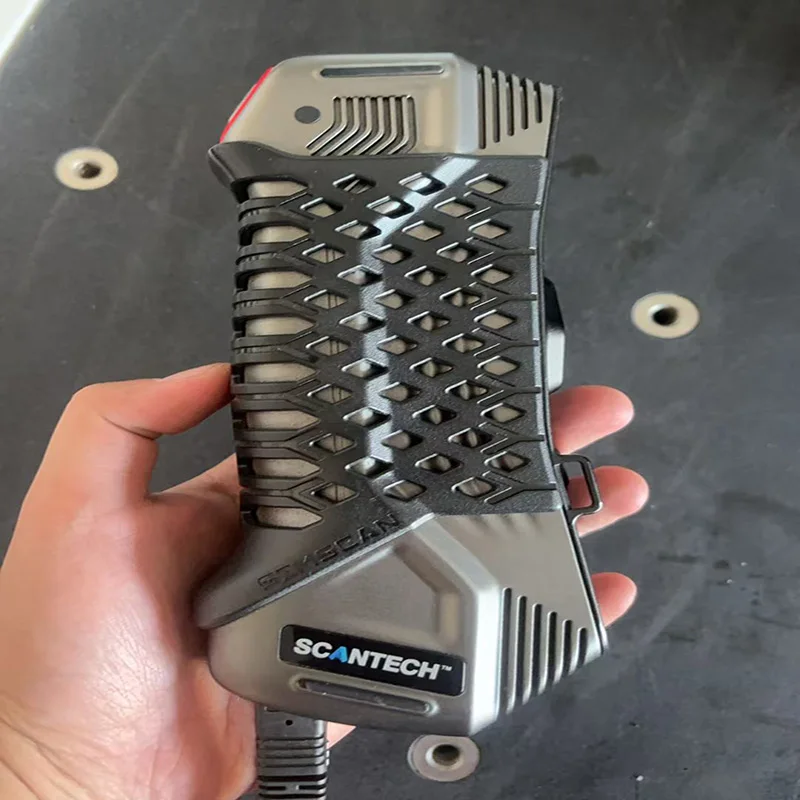
3D scanners
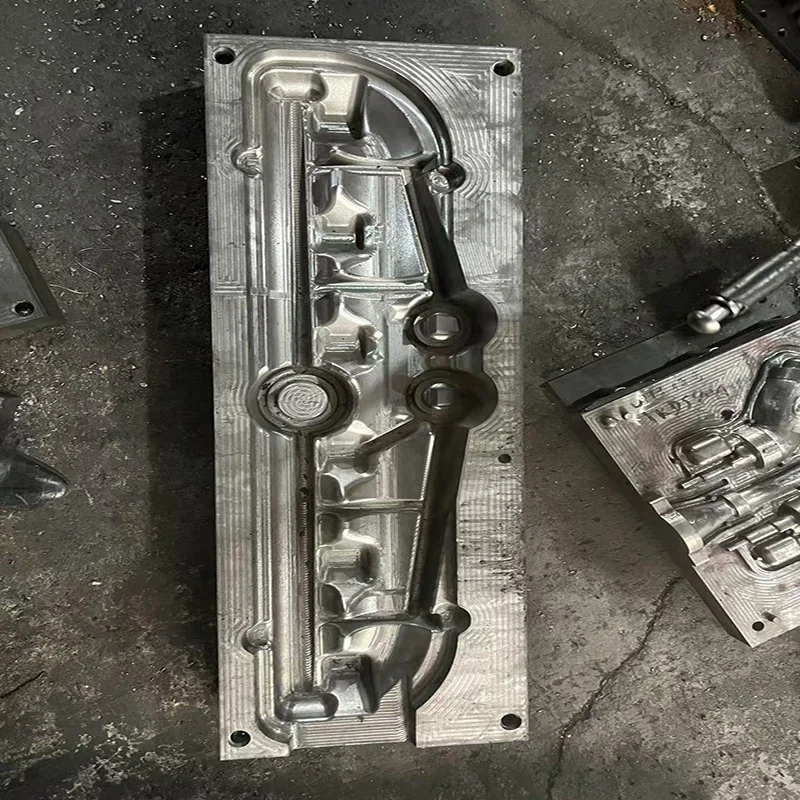
Metal Mold for Exhuast Manifold,Coated sand casting
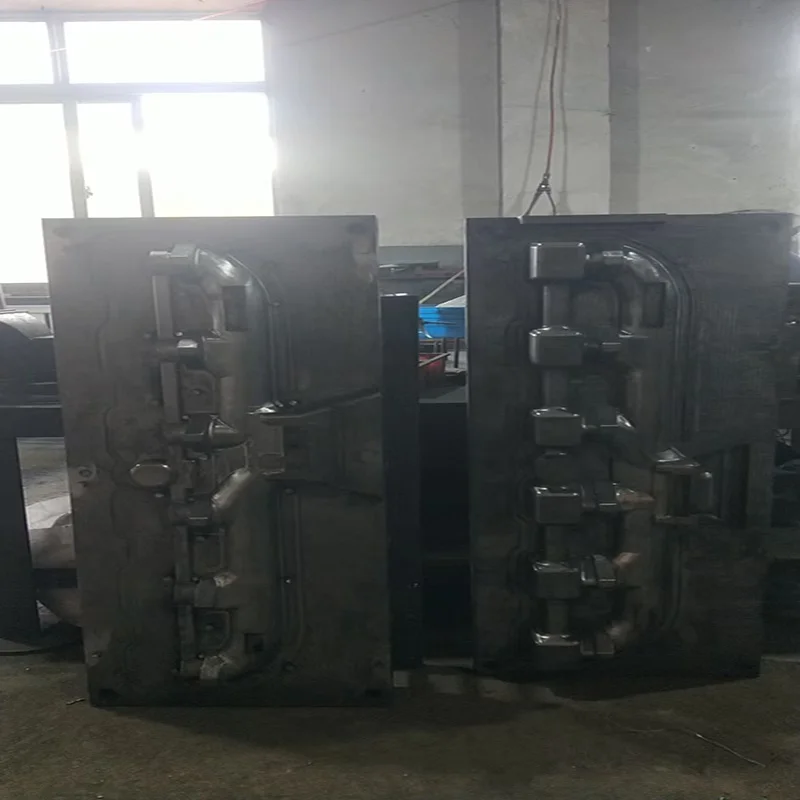
Metal Mold for Exhaust Manifold,Sand Casting
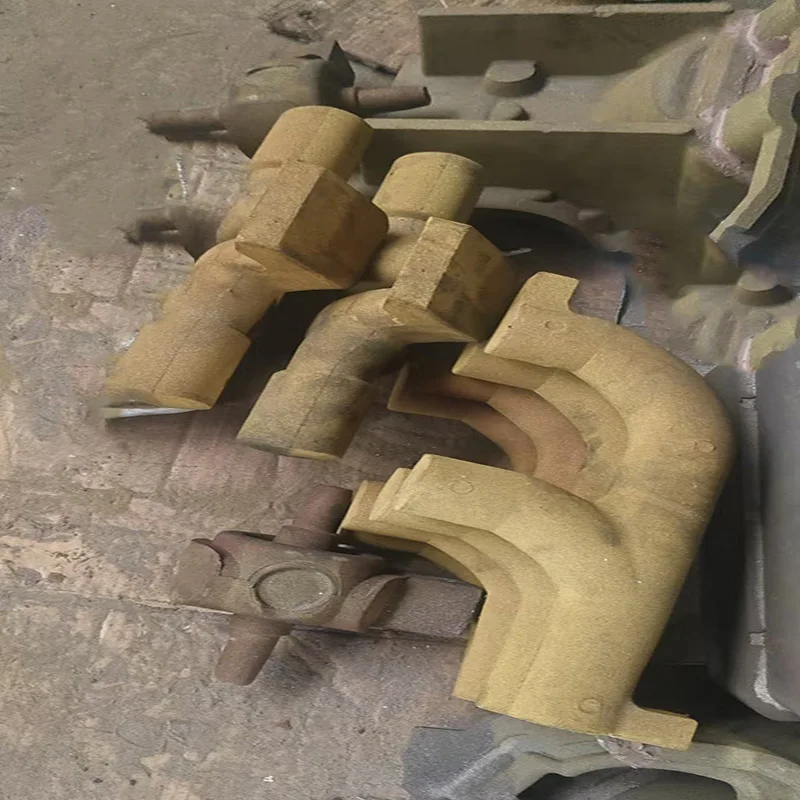
Exhaust Manifold Core Box

Shell Molding Machine

Coated sand casting
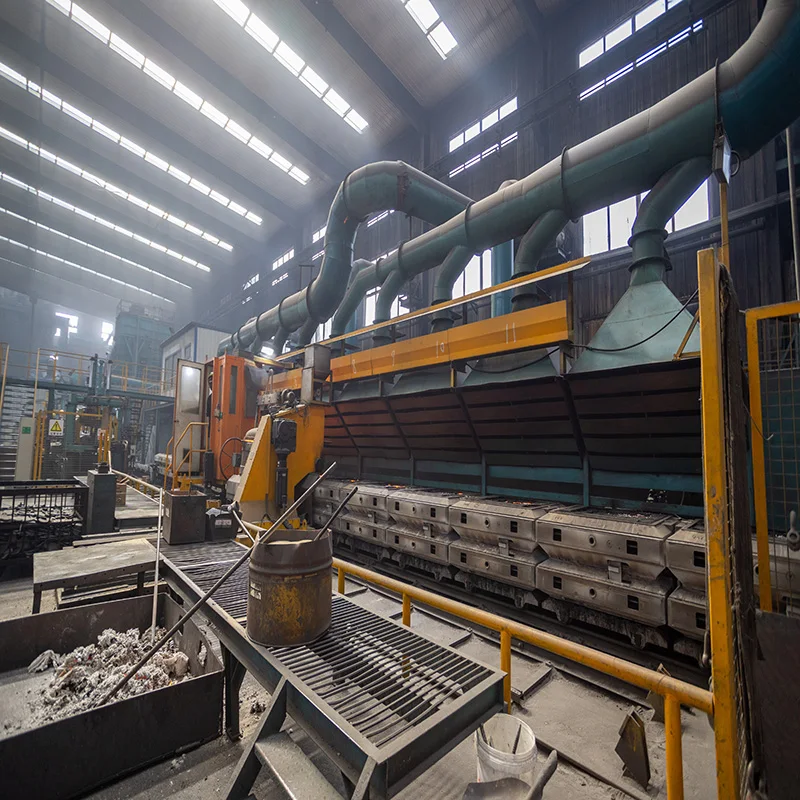
Molding Machines

R&D

Production Capacity

Pattern Control
Abaqus,Moldflow and Moldex 3D, simulate feeding system, reduce casting defects and improve efficiency.

Raw Material Control

Machining Control






